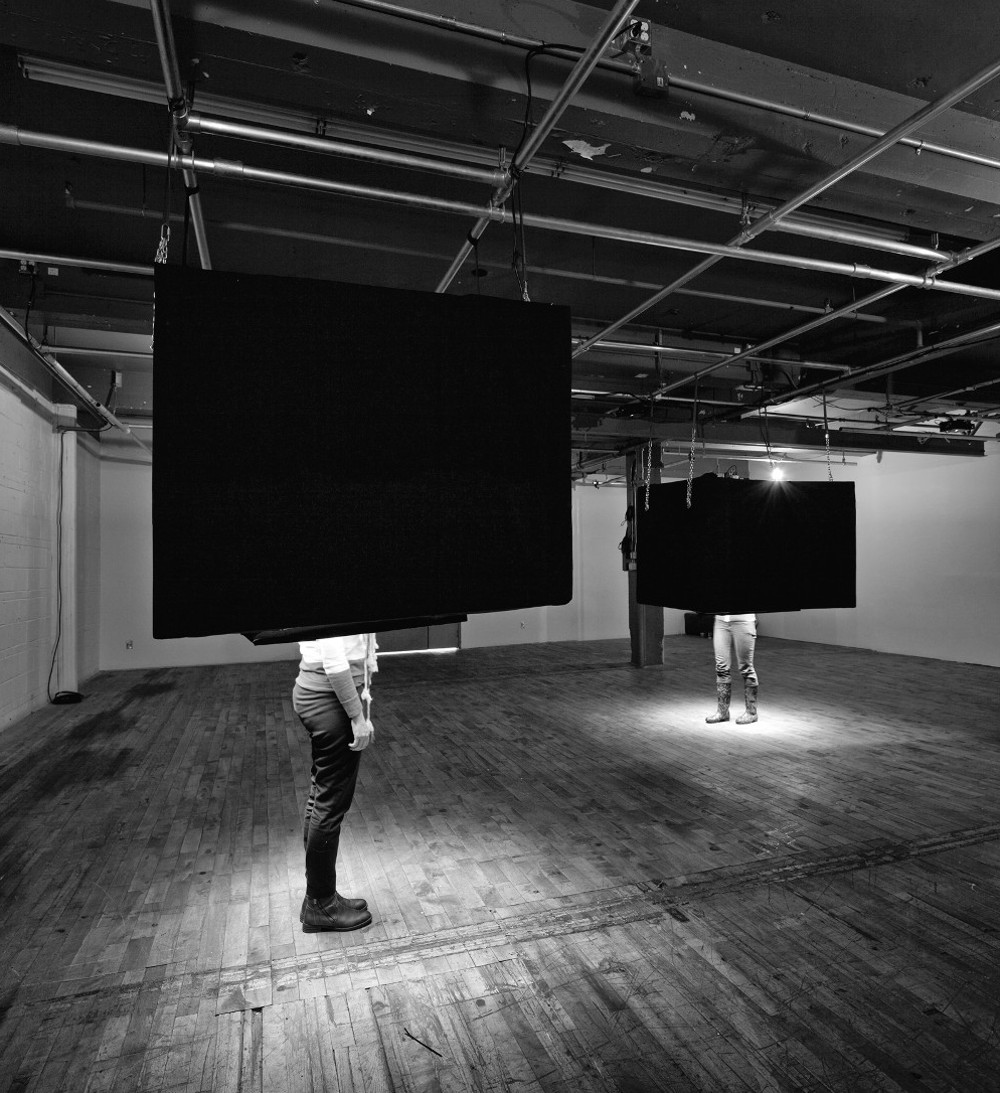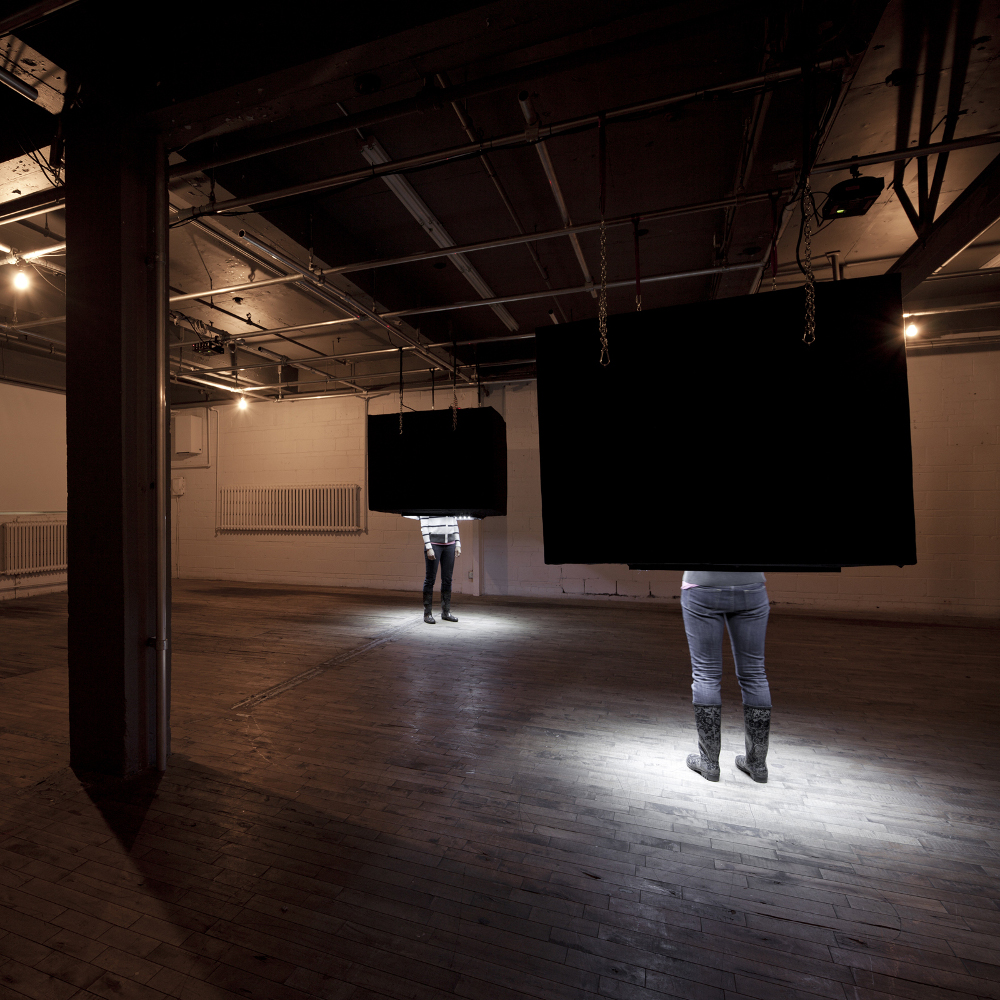

The development of the prison institution is the development of the link between geometry and moral reform. England, between the years of 1750 and 1840, became the site for numerous experiments dealing with this connection, reaching its apex in 1842 with the completion of Pentonville prison in northern London. It was a manifestation of the understanding that without architecture’s authority, without its power to organize, the necessary order and control of the few over the many would be impossible. With the belief that vice spreads like disease by contact and communication, Pentoville's internal structures and technologies controlled the existence and flow of information within its confines. It was an architectural and technological realization of the idea that segregation, solitary confinement and silence amend the mind and reform the soul. The aim was to create a perfect and complete ordered silence in which every break is a signal. The silence referred to here is not the complete absence of sound, but more the complete absence of communication between those over whom authority was exercised: the inmates. Within this suppressive silence between the inmates, information was strictly directional, it flowed from the authority to the inmates. Walls between the inmate's cells were constructed in a manner that rendered any meaningful communication into incoherent sounds, it was “a scientific destruction of information”. It was at Pentonville that the prison building became a perfect manifestation of state’s control over a citizen through architecture’s authority over the body.



Photos by Naquib Hossain.
7-11 Nov ‘13
Hors Signal, Eastern Bloc , Montréal